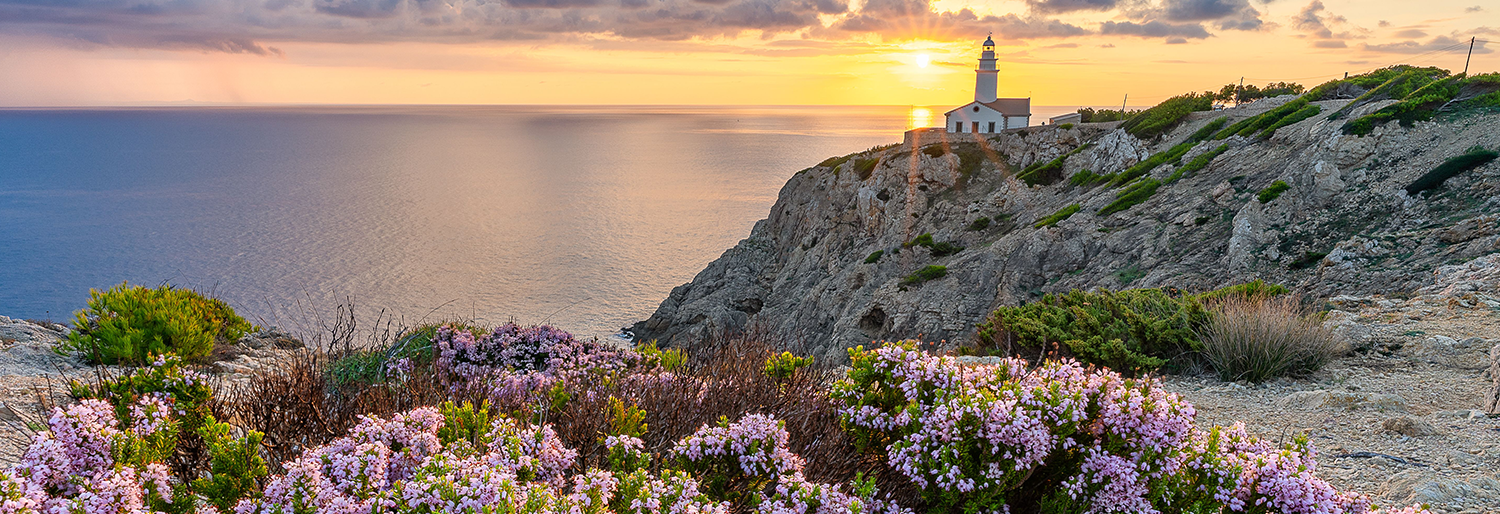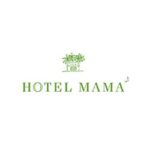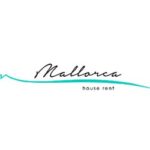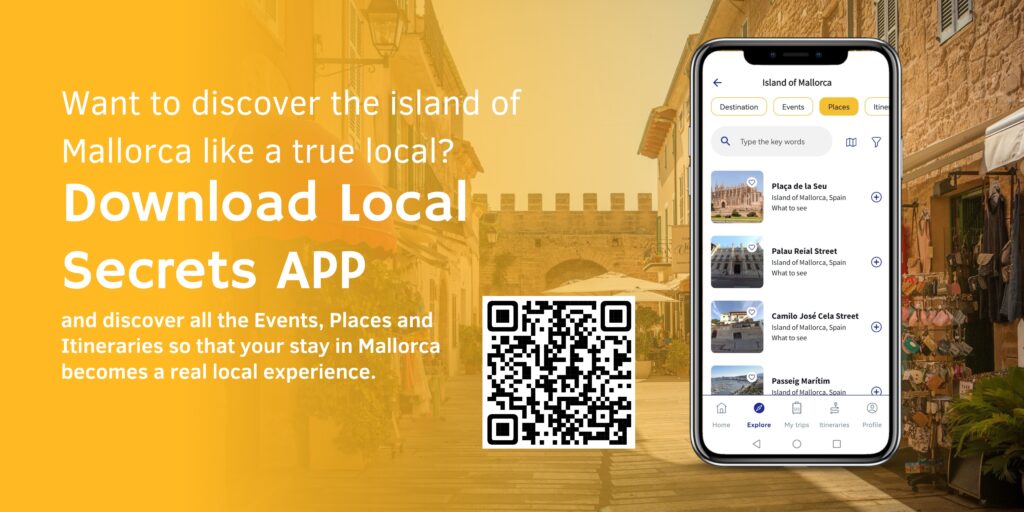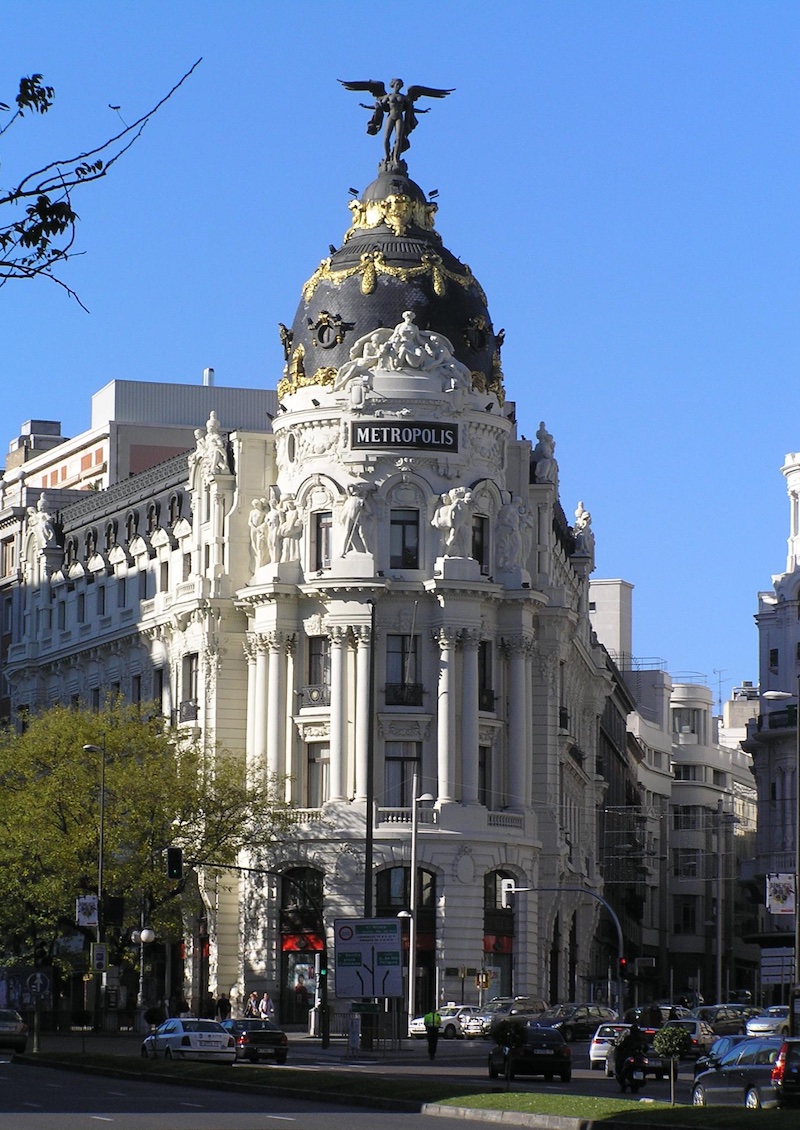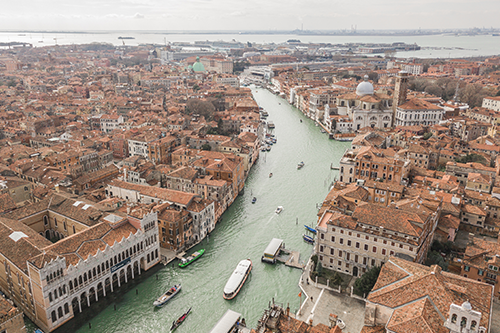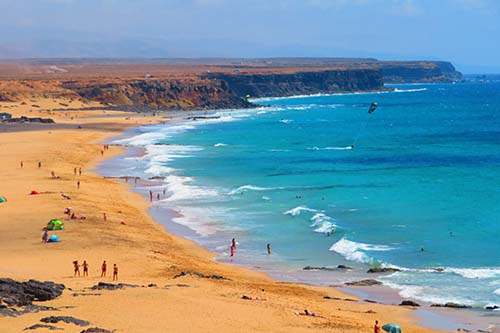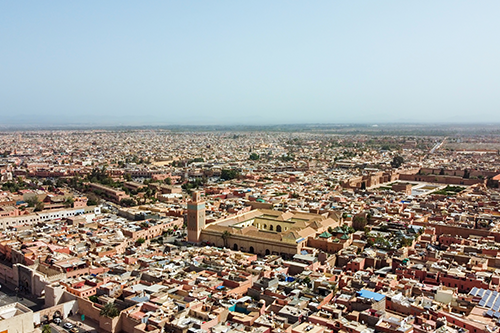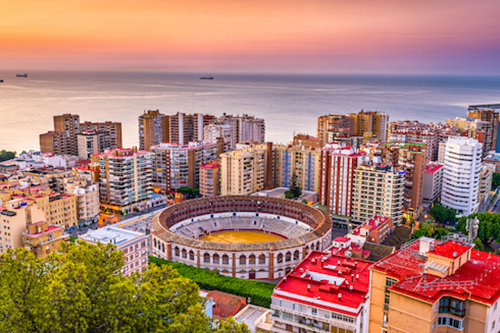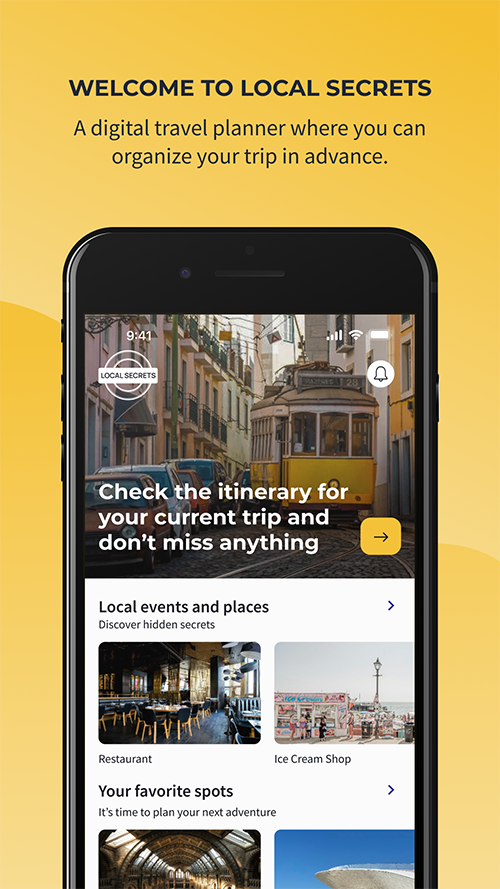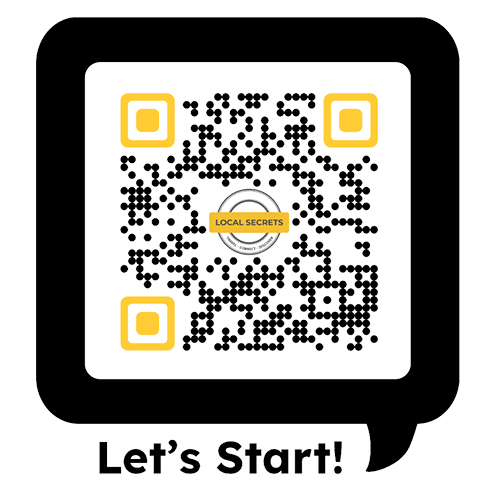Isla de Mallorca
launting its charm to over 10 million tourists annually. With around 900,000 locals calling it home, the island pulses with a laid-back vibe against a backdrop of sun-soaked landscapes and a gentle Mediterranean climate averaging 18°C year-round.
People flock to Mallorca for a taste of paradise—its stunning beaches, rugged mountains, and quaint villages offer a perfect mix for relaxation and adventure. Cultural enthusiasts revel in its rich history and vibrant local festivals, while nature lovers are drawn to its picturesque hiking trails and azure waters.
The best time to visit? Aim for late spring or early autumn. These months escape the peak tourist season’s hustle while blessing visitors with ideal weather—warm enough for beach days yet cool enough for exploring the scenic outdoors without breaking a sweat. Mallorca during these seasons captures the essence of a perfect Mediterranean getaway, balancing crowd-free attractions with delightful weather.
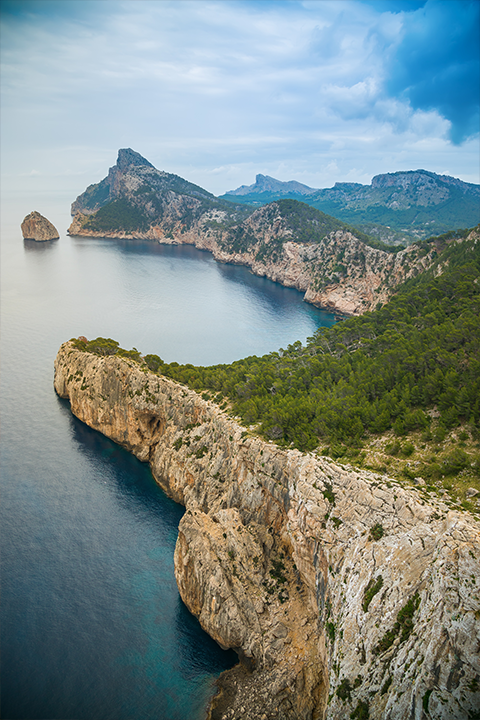
Mallorca Island
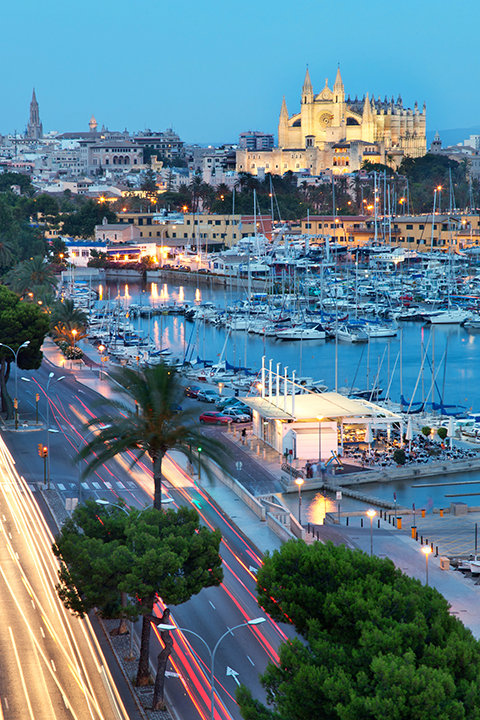
Cathedral Santa Maria Palma de Mallorca
Arriving to Mallorca Island
Mallorca, a stunning island in the Mediterranean, is a breeze to reach whether you’re flying into Palma de Mallorca Airport or cruising in by ferry from mainland Spain. The island caters to an array of tourists, making it a hub of easy access and welcoming vibes.
Choosing where to stay in Mallorca really depends on what kind of vacation you’re after. If it’s nightlife and historic sites you crave, Palma—the bustling capital—offers vibrant streets and a plethora of bars and restaurants. For beach lovers, areas like Magaluf or Palmanova are perfect with their sandy shores and tourist-friendly amenities. If a quieter, more scenic holiday is your style, the northern towns of Pollença and Alcúdia offer beautiful landscapes and a slower pace of life.
Navigating the island is a snap with options for every type of traveler. Buses and taxis are plentiful, making trips across the island straightforward. Renting a car might be your best bet for flexibility, allowing you to discover secluded coves and mountain retreats at your own pace. For the eco-friendly, cycling is also popular, thanks to well-maintained bike paths that offer stunning views.
The food scene in Mallorca is a delicious dive into Spanish and Mediterranean cuisine. Local dishes not to miss include ‘tumbet’—a splendid vegetable dish, ‘sobrassada’—a soft, spicy sausage, and, of course, fresh seafood like ‘gambas al ajillo’ (garlic prawns). And for dessert, the ensaimada, a sweet, fluffy pastry, is iconic.
Mallorca is packed with activities and sights. Beyond its famous beaches, the Serra de Tramuntana mountains offer incredible hiking and the chance to explore quaint villages like Deià and Valldemossa. Don’t miss Palma’s majestic cathedral and the historic Bellver Castle. For a unique experience, explore the art galleries in Palma or take a boat trip around the stunning Cap de Formentor for breathtaking sea views.
Experiencing Mallorca means immersing yourself in its local culture and landscapes. From the bustling markets of Palma to the tranquil beauty of mountain towns, and from gourmet dining to windsurfing on crystal-clear waters, Mallorca offers a rich and varied escape that caters to all tastes and adventures. Whether you’re sunbathing on a beach, savoring the local cuisine, or exploring ancient ruins, Mallorca provides an idyllic backdrop for a memorable vacation.
Accomodation
Looking for a unique hotel experience?
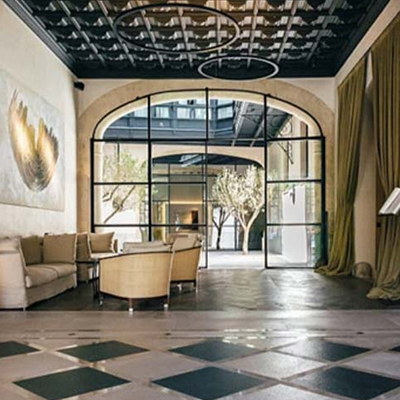
Local Secrets has selected a variety of unique hotels that make lodging a special experience. These hotels share the vision of quality and service that we want for our travelers.
Want to feel like home?
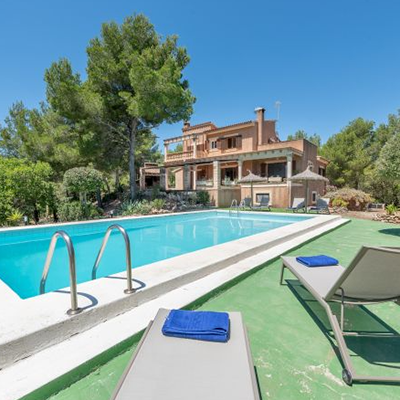
Local Secrets has developed a network of professional experts in tourist accommodations committed to quality and service to guarantee a unique experience to our travelers.
Currency: The official currency of Mallorca Island is the EURO (EUR). 1 € is equivalent to 0.9 USD.
Keep in mind before travelling to Mallorca Island
Mallorca is a festival island, and it shows! Each year starts with a bang during the Sant Antoni festivities in January, where bonfires and devil dances light up the winter night. Come spring, the Fira del Ram in March brings all the fun of a traditional fair to the island. Easter is a sight to behold with the dramatic and solemn processions of Semana Santa.
As summer heats up, so do the celebrations. The Sant Joan festivals in June mark the summer solstice with beach bonfires and parties. Then, the Verge del Carme in July honors the patron saint of fishermen with seaside processions and boat blessings. Nit de l’Art in September transforms Palma into a vibrant canvas of art exhibitions and performances.
Looking for quick getaways? Check out Cap de Formentor for breathtaking cliff views, or escape to the tranquil mountain village of Valldemossa. Sóller offers beautiful landscapes accessible by a vintage train ride, while the nearby beaches of Cala d’Or provide perfect sun-soaking spots. For a historical retreat, visit the ancient ruins at Alcúdia, or explore the stunning natural caves at Campanet for a cool underground adventure. Each destination offers a unique flavor of Mallorca, making your island experience rich and diverse.
Tips to visit Mallorca Island
Meal times in Mallorca mirror typical Spanish habits, with lunch around 2 PM to 4 PM and dinner not beginning before 9 PM. Businesses usually open around 10 AM and close at about 8 PM, with a siesta break in the hotter, mid-afternoon hours.
Tipping isn’t mandatory but is commonly practiced, with most locals and tourists tipping around 5-10% in restaurants for good service. The healthcare system is robust, part of the Spanish national health service, ensuring everyone has access to quality medical care. Dress code on the island is generally casual due to the warm climate, though evenings can see a dressier take, especially in upscale restaurants and bars. A typical expression you might hear is “Molt bé” (very good in Catalan), capturing the positive spirit of the island.


